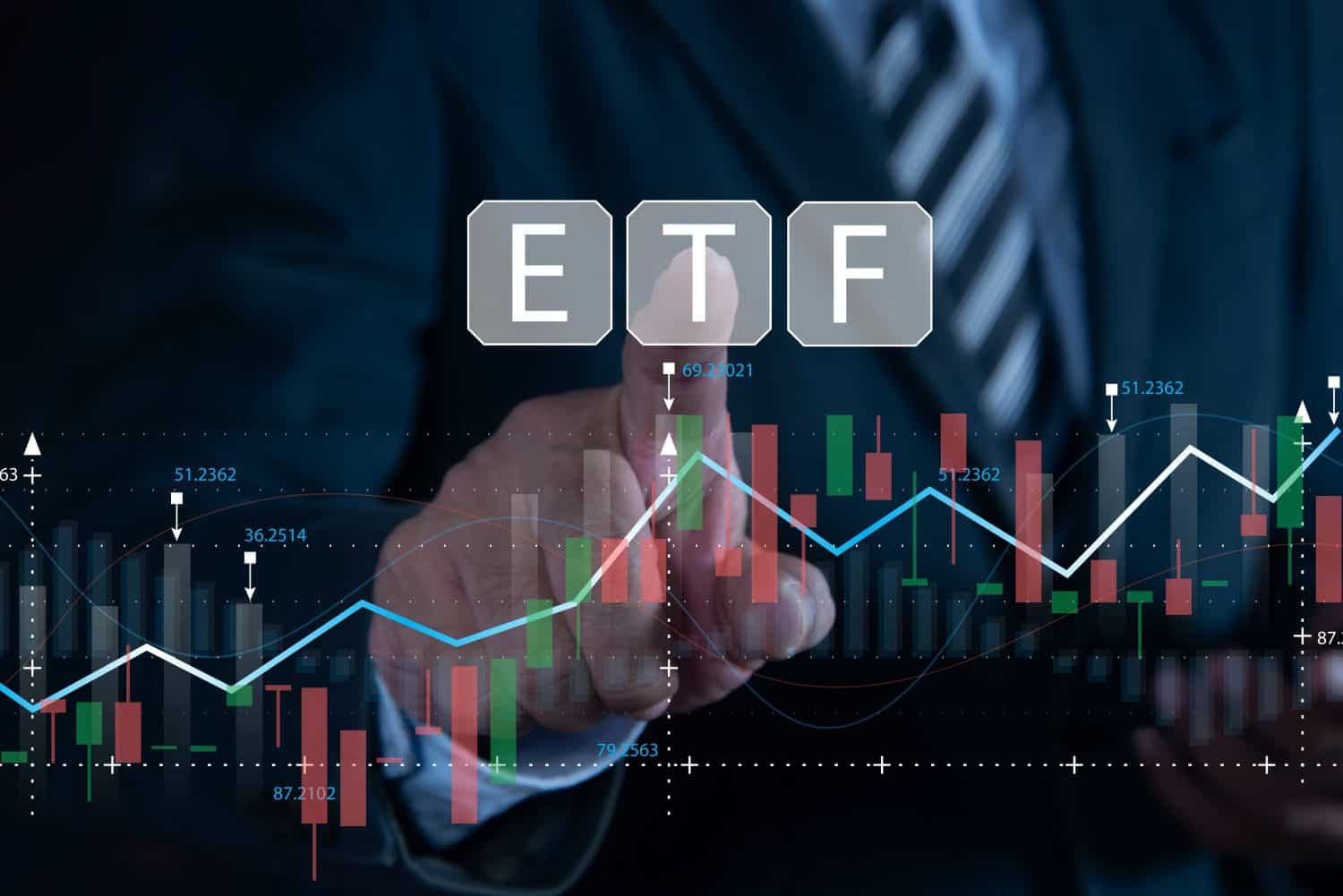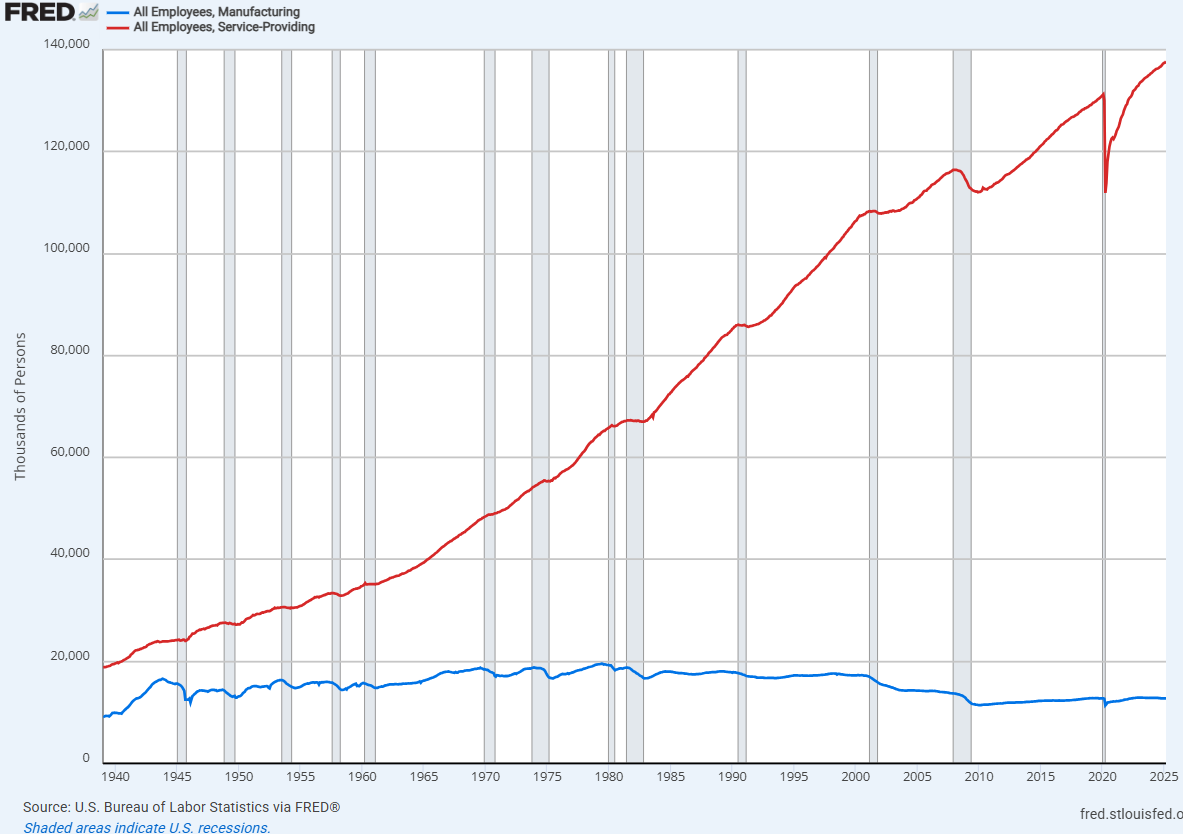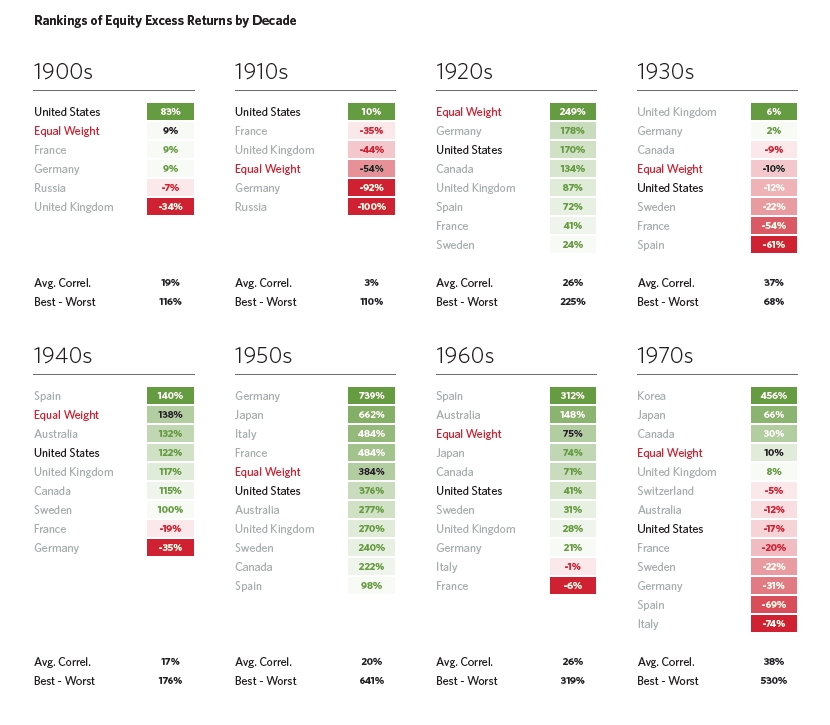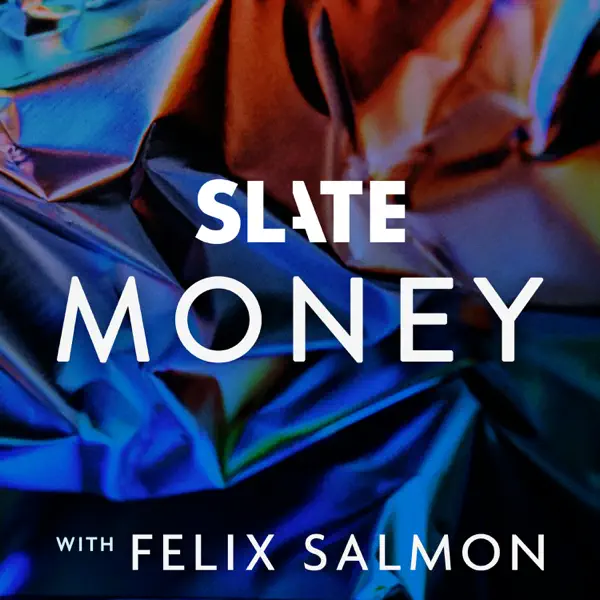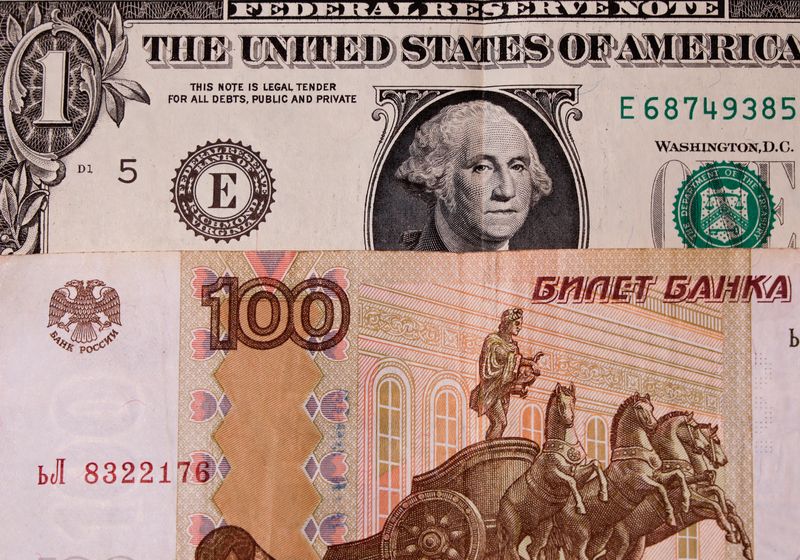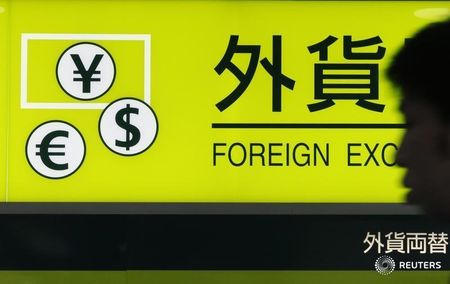I put $200K into SPYI and QQQI for 10-14% yields – is it really that simple, or am I missing something?
Generally, investors who follow the markets seek growth or income. These two camps comprise the bulk of the individual investor demographic. However, there are some investors who seek growth or income beyond the average range of what the market will ordinarily bear. When one seeks double digit yields of over 12% annually, it is something […] The post I put $200K into SPYI and QQQI for 10-14% yields – is it really that simple, or am I missing something? appeared first on 24/7 Wall St..

Key Points
-
Attempting to obtain double digit yields from investments is not impossible, but very difficult, since the law of averages defaults to 6-8% for higher yielding securities.
-
Covered Call ETFs utilize an options strategy to enhance a fund’s income generation. Such a tactic will often add to yields but also may inject more risk into the fund.
-
SPYI and QQQI are both high yielding ETFs that can potentially deliver double digit yields, subject to any market changes that can impact their respective component stocks’ dividends.
-
Are you ahead, or behind on retirement? SmartAsset’s free tool can match you with a financial advisor in minutes to help you answer that today. Each advisor has been carefully vetted, and must act in your best interests. Don’t waste another minute; get started by clicking here here.(Sponsor)
Generally, investors who follow the markets seek growth or income. These two camps comprise the bulk of the individual investor demographic. However, there are some investors who seek growth or income beyond the average range of what the market will ordinarily bear. When one seeks double digit yields of over 12% annually, it is something that is statistically unrealistic by conventional means. In order to achieve that level of return, one needs to either:
- Invest in individual stocks that have temporarily dropped to the point where the dividend yield is in double digits.
- Invest in an exchange traded fund (ETF) that deploys options to augment returns on its portfolio positions.
In both cases, an additional risk factor is introduced into the equation. The company that is paying a large dividend because its price dropped may find it to be unsustainable when trying to build back its market price. However, it would also depend on the sector. REITs and BDC’s for example, can often pay out high dividends on a regular, prolonged basis, due to the nature of their respective businesses. Midstream companies, whose dividend strengths are dependent on oil prices and sales, are somewhat less independent.
The ETF that deploys options will add to its risk profile depending upon the level of options risk exposure. If utilizing a simple, short-term covered call strategy, the risk elevation is moderately increased. Long strategies and/or unhedged positions, such as naked puts, escalate the risk proportionately.
One investor took to Reddit to solicit opinions on the validity of a high-yield ETF strategy he had recently commenced. The particulars were as follows:
- The poster sought annual yields of 10-14%, valuing consistency over market appreciation.
- He decided to invest $100,000 each with the NEOS S&P 500 High Income ETF (CBOE: SPYI) and the NEOS Nasdaq 100 High Income ETF (NASDAQ: QQQI).
- The poster wondered if this approach was too easy and/or if he was missing something, since it seemed too good to be true.
NEOS S&P 500 High Income ETF (CBOE: SPYI)

Based in Westport, CT, NEOS manages a family of ETFs that specialize in actively managed high-yield performance by using leverage and options strategies to enhance returns. The NEOS S&P 500 High Income ETF utilizes both long (bought) options strategies as well as covered call (written) options strategies on the S&P 500 Index.
SPYI’s top 10 largest weighted holdings are:
- Apple: 6.38%
- Microsoft: 6.34%
- Nvidia: 5.93%
- Amazon: 3.77%
- Meta Platforms: 2.66%
- Berkshire Hathaway: 2.10%
- Alphabet (Google): 2.04% (class C)
- Broadcom: 1.75%
- Alphabet (Google): 1.66% (class A)
- Tesla: 1.58%
SPYI’s sector weightings are:
- Technology: 30.99%
- Financial Services 14.39%
- Healthcare: 11.41%
- Consumer Cyclical: 9.80%
- Communications Svc: 9.48%
NEOS Nasdaq 100 High Income ETF (NASDAQ: QQQI)

The NEOS Nasdaq 100 High Income ETF utilizes both long (bought) options strategies as well as covered call (written) options strategies on the Nasdaq 100 Index.
QQQI’s top 10 largest weighted holdings are:
- Apple: 8.34%
- Microsoft: 8.32%
- Nvidia: 7.70%
- Amazon: 5.62%
- Broadcom: 3.85%
- Meta Platforms: 3.50%
- Costco: 3.12%
- Netflix: 2.85%
- Tesla: 2.68%
- Alphabet (Google) 2.61% (class C)
QQQI‘s sector weightings are:
- Technology: 50.63%
- Communications Svc: 15.89%
- Consumer Cyclical: 13.27%
- Consumer Defensive: 6.27%
- Healthcare: 5.74%
At the time of this writing, SPYI and QQQI compare thus:
|
Category |
SPYI |
QQQI |
|
Yield |
13.31% |
15.79% |
|
Net Assets |
$3.09 billion |
$1.21 billion |
|
Average Daily Volume |
1.195 million shares |
664,334 shares |
|
Expense Ratio |
0.68% |
0.68% |
|
Distributions |
Monthly |
Monthly |
|
NAV |
46.37 |
46.45 |
|
Beta |
0.70 |
0.00 |
|
Inception Date |
8-29-2022 |
1-29-2024 |
|
Payout Ratio |
316.53% |
465.33% |
|
Holdings |
510 |
107 |
|
Total Return 2023 |
18.13% |
N/A |
|
Total Return 2024 |
19.04% |
7.32% |
The Missing Compounding Component

The respondents made a number of insightful observations that the poster likely overlooked. Although he had stated that he was not concerned so much about capital appreciation, the high yield dividend payouts meant that he was missing out on compounding, which is the key towards long term massive portfolio growth. The comments included:
- Covered Call ETFs tended to do well in bear markets, which might benefit the poster if the current trend were to continue.
- Both SPYI and QQQI could capture some future upside, based on their relatively large tech sector holdings.
- Depending upon one’s tax bracket, SPYI and QQQI offered some tax advantages.
- One respondent cautioned that neither SPYI and QQQI had been in existence long enough to get a fair past history performance, making them more speculative.
- Several respondents noted that there is a Return On Capital component to both SPYI and QQQI. As a result, not only is there no compounding element, but a small percentage of principal is also returned each year on a cumulative basis. Therefore, unless the underlying growth boosts the NAV each year commensurately, the overall capital of both ETFs is subject to continue diminishment.
This article is written to be viewed on an informational basis only. A financial professional should be consulted if more comprehensive advice is being sought.
The post I put $200K into SPYI and QQQI for 10-14% yields – is it really that simple, or am I missing something? appeared first on 24/7 Wall St..







































